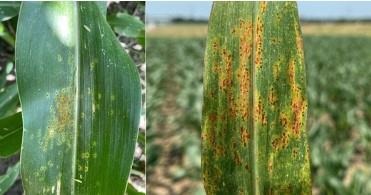By Kaleb Roedel
On a recent morning on a snow-covered farm in Western Nevada, Lucy Rechel had a spring in her step. Rechel, who manages the cattle operation at Snyder Livestock Company, said the cows in the feedlot were feeling good, too, because it was clear-skied and sunny.
“They’re enjoying it. They’re just like, ‘Ahhh, we’ll just stretch out and enjoy this,’ ” Rechel said.
Nice weather has been in short supply in Mason Valley this winter. Many days have been filled with wind, rain or snowstorms. And when that happens here?
“The ground very quickly turns to mud, and we had more mud than I’ve ever seen,” Rechel said. “And it was very wet, sloppy, so the cattle were just standing in this soup, so we had to take pretty significant action to get the cattle comfortable.”

In fact, Snyder Livestock has spent about $75,000 – and counting – just dealing with mud. That includes renting large mining equipment to haul it out and paying for the labor and fuel to run it. In a normal winter, the company will spend maybe $10,000 on mud removal, Rechel said.
And there’s even more impacting revenue, like dwindling cattle numbers at their feedlot, which serves many nearby farms. Because of the harsh winter, farmers have been cutting back on their herds.
“Normally, in January and February, we would have 5,500 head here and we’re down to 4,000,” Rechel said. “Income will be roughly two-thirds of what it is in a more average year.”
That’s an example of why Nevada, Utah, Colorado and Wyoming recently asked the U.S. Department of Agriculture to provide relief to livestock producers. Wyoming Governor Mark Gordon even asked for a disaster declaration.
USDA’s emergency relief programs are normally for producers affected by natural disasters, like wildfires and drought, said J.J. Goicoechea, director of the Nevada Department of Agriculture.
“What we’re asking for is, ‘Can you guys be creative and flexible in the eligibility for that?’ ” he said. “Nothing mandatory. We’re just looking for some options for some producers if they do need some help.”
One of those producers is Jon Griggs, who manages Maggie Creek Ranch in northeast Nevada’s Humboldt River valley. Griggs can normally graze their cattle on permitted federal pastures for at least a month each winter. But he said the harsh cold and heavy snowfall have had a big impact – on how much the cows need to eat and whether grazing is effective.
Click here to see more...